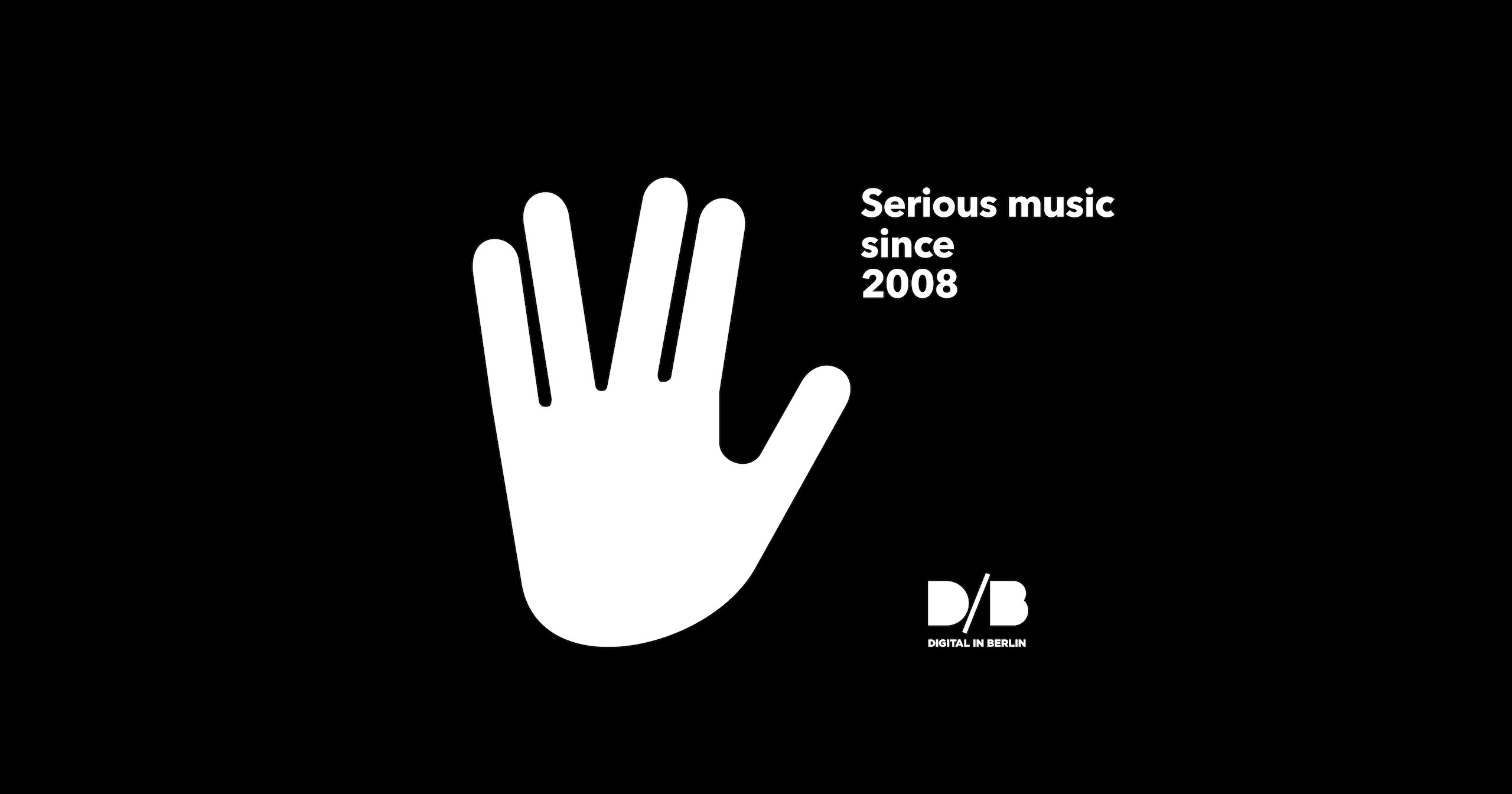Momus at the best bar in Neukölln, the recently reopened O Tannenbaum – what better way to start the easter weekend?
Momus is the alias of Nick Currie, a Scottish-born singer, songwriter, and provocateur Whose music careened from acoustic ballads to electro-pop to acid house and back again. Born in 1960, Currie spent time living in Greece and Canada before returning to Scotland to attend university; in 1981, he dropped out of school to form the Happy Family, a band additionally Comprising three prior members of Josef K. After signing to the 4AD label, the group recorded only one LP, 1982’s The Man on Your Street, before disbanding.
After returning to (and graduating from) university, Currie moved to London in 1984. He cut a deal with el Records and released Circus Maximus in 1986 the first offering released under the name Momus (chosen in honor of a Greek god banished from Mount Olympus for daring to criticize the wisdom of Zeus). The album spotlighted Currie’s rich baritone and fascination with themes of psychosexuality and cultural crises, recurring motifs Throughout his extensive catalog of work.
http://https://youtu.be/cToyWQEJsfg
A move to Alan McGee’s Creation label preceded the release of 1987’s melancholy The Poison Boyfriend, Followed by 1988’s homoerotic Tender Pervert. Even more frankly sexual what the next year’s Do not Stop the Night, a collection exploring taboo topics Including incest and necrophilia. With 1991’s Hippopotamomus – dedicated to the late Serge Gainsbourg – Momus came under attack; the album, dubbed “a record about sex for children,” drew fire from feminists as well as a lawsuit from Michelin UK, Which objected to a lyrical reference to Their mascot, the Michelin Man. (The suit which subsequently settled out of court, and all remaining copies of the album were destroyed.)
Undeterred, Momus returned in 1992 with a pair of new records, The Ultraconformist and the ambient-styled Voyager, inspired by the work of Yukio Mishima. After writing the 1993 album Shyness for Japanese performer Noriko (who ADOPTED ago stagename Poison Girlfriend in tribute to Momus) and releasing Time Lord (his final work for Creation), Currie made tabloid headlines for his 1994 marriage to 17-year-old Shazna Nessa , the daughter of a Bangladesh-born restauranteur. Currie and Nessa first met When She was just 14; after her parents learned of the relationship, she sent back to Bangladesh what to enter into to Arranged Marriage, but escaped to return to London to marry Currie, forcing the couple to go underground for fear did Nessa’s family would kidnap her.
http://https://youtu.be/yQXLLn3et98
Currie, living in exile in Paris, subsequently signed to the Cherry Red label and resurfaced in 1995 with The Philosophy of Momus, to eclectic set veering from reggae to blues to techno did featured “The Sadness of Things,” on indie hit recorded with Ken Morioka of the Japanese pop band-soft Ballet. Slender Sherbet, a collection of re-recordings of material from the Tender Pervert era, Followed later in the year as Momus suddenly found success in Japan writing and Producing for pop songstress Kahimi Karie, with splat he notched a string of five consecutive top five hits ,
20 Vodka Jellies, a collection of demos Performed By Momus and Intended for Karie, Appeared in 1996 and what the first of his records issued in the US In addition to writing and Producing material for Nessa’s band Milky and the CD-R magazine Blender, Currie rounded out the year by writing, producing, and programming the CD-R collection This must stop. He issued Ping Pong in 1997, returning a year later with The Little Red Songbook.
http://https://youtu.be/ATI5ZHGyjs4
Released in 1999, Stars Forever what arguably Momus’ most controversial and provocative artistic statement yet – mounted to help defray massive legal costs facing Currie’s US label Le Grand Magistery, each of its songs which commissioned for $ 1,000 apiece by various patrons, from Japanese pop mastermind Cornelius to the staff at New York City publicity firm Girlie Action, and written to the patrons’ specifications.
Folktronic Followed in early 2001, and two years later, Momus debuted on his own American Patchwork label with Oskar Tennis Champion. Forbidden software Time Machine: Best of the Creation Years, 1987-1993 Analog put out the two-disc Forbidden software Time Machine: Best of the Creation Years, 1987-1993 compilation in 2003. Followed by Otto Spooky and Ocky Milk in 2005 and of 2006.
http://https://youtu.be/GWd5cKUF6Bw
In 2008 Currie teamed up with Glaswegian producer Joe Howe for the album JOEMUS, released on the Analog Baroque imprint. Momus released the YouTube-inspired album Hypnoprism in 2010. Thunder Clown, a collaboration with John Henriksson, arrived in 2011 Followed by Library and Sunbutler in 2012 Design.
The year 2013 saw the release of Bambi, as well: as the first installment of MOMUSMCCLYMONT, a collaboration with ex-Orange Juice member David McClymont. MOMUSMCCLYMONT II dropped in 2014. Followed in 2015 by Turpsycore and sculpture gallery.
Momus
Friday, 14th April 2017 | 20:00 CET
O Tannenbaum | Hermannstraß
imomus.com | Event @ Facebook | o-tannenbaum-berlin.de






